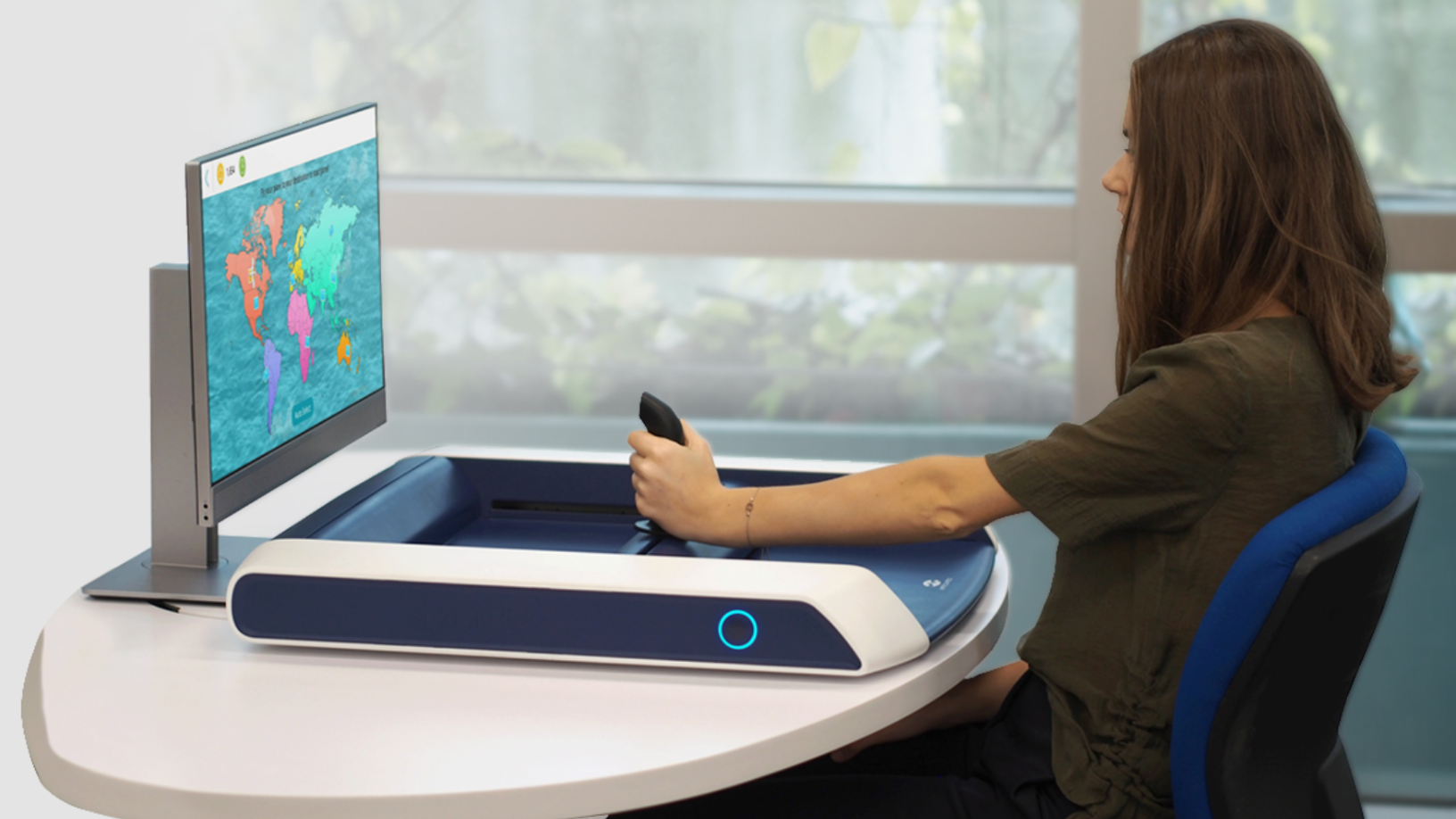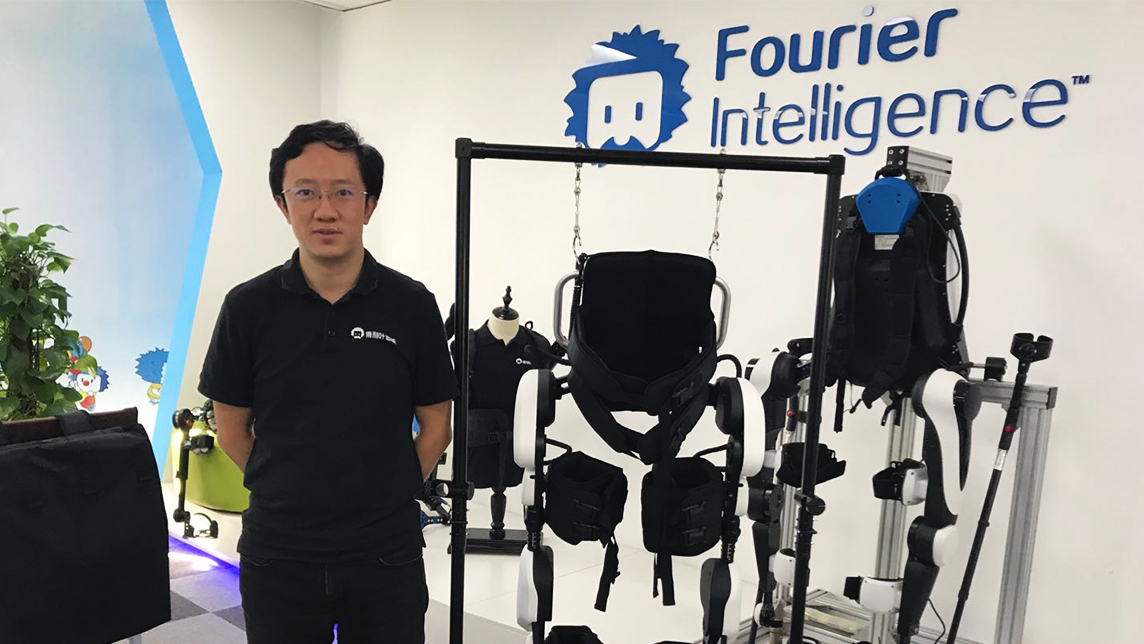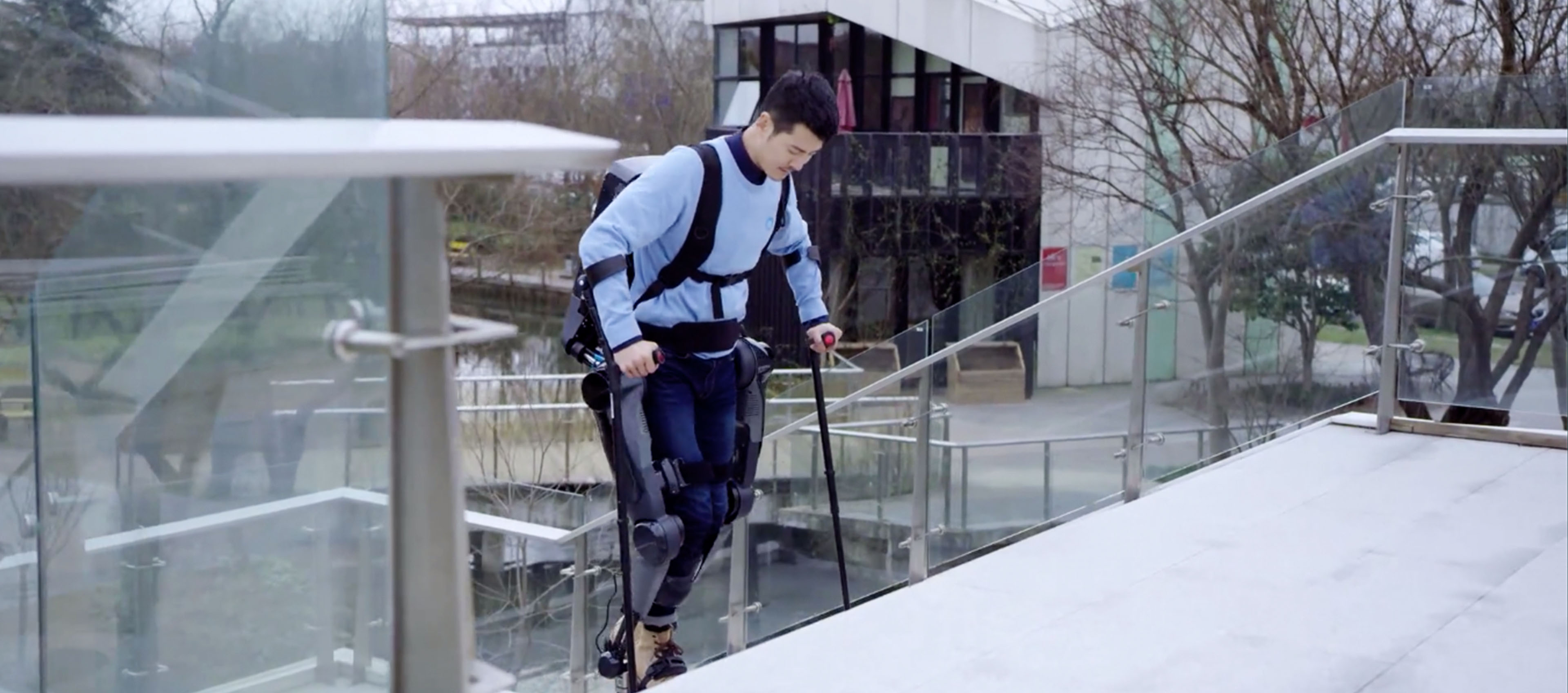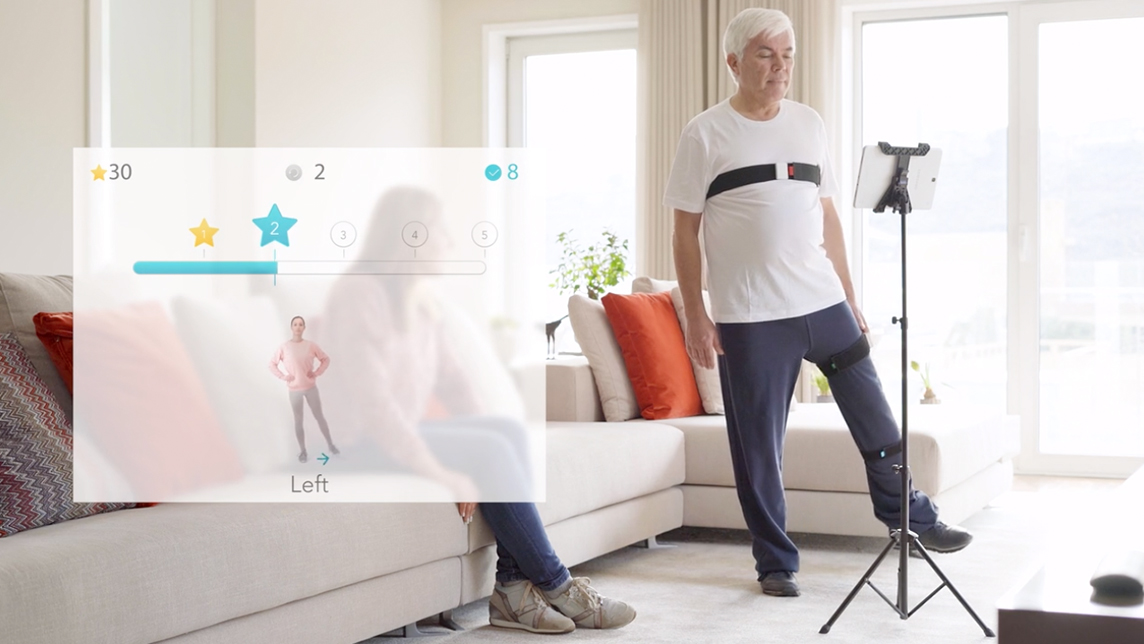Frequent trips to the hospital to use the costly, bulky rehabilitation therapy machines will soon be a thing of the past, especially for the elderly and stroke patients needing regular sessions. From Singapore, ARTICARES offers a portable arm rehabilitation robot designed for home use to reduce the need for in-person therapy.
The H-Man “home robot” was showcased at Tan Tock Seng Hospital (TTSH) in October 2020, after eight years of research and product development at the Nanyang Technological University (NTU). The two scientists behind the solution, Domenico Campolo and Asif Hussain, co-founded ARTICARES in 2017 as a spinoff of the university, to commercialize the production of the H-Man devices.
"When we started, we really wanted to build something for the home... Our definition of portable was anything that fits in a taxi," said Campolo, who is also a director of the NTU Robotics Research Center.
The H-Man weighs only 14 kg and is small enough to be placed on a household table. Robots used for rehabilitation purposes often weigh up to 70 kg, said Hussain at the TTSH launch event. The self-adaptive algorithm operating the H-Man robot will also automatically produce a personalized rehabilitation plan combined with weekly one-on-one sessions with qualified therapists.
The robot is complementary to conventional therapy, and a handy one as treating patients with movement issues is physically intensive for a therapist. H-Man can lower his workload by 65% through reducing face-to-face sessions.
H-Man is currently available in Singapore, Germany and Australia. ARTICARES plans to expand into new markets including Austria, Switzerland and China by 2025. It has 27 full-time employees based in Singapore, China, Pakistan, India and Germany.
In August, the medtech startup competed against 143 teams from over 30 countries at the Healthcare InnoMatch 2021 in Singapore. It was selected as one of the top three winners and received S$400,000 ($1=S$1.35) funding from the organizers, Temasek Foundation and the Center for Healthcare Innovation. The money would be used to increase the production of the smart robotic devices.
Self-paced, interactive therapy
ARTICARES currently offers a rental program for patients to use H-Man at home to continue their therapy sessions independently without a human therapist in attendance, ideal amid the current Covid-19 social and travel restrictions. Rental prices range from S$30 to S$50 per day, about $22–37 for unlimited use at home.
"The cost is at least 20% less than conventional therapy with a therapist, and will decrease over time as we scale up the service,” said Hussain, the firm’s CEO. He completed his PhD in bioengineering and biomedical engineering at Imperial College London in 2014. His doctoral research on highly interactive rehabilitation is being commercialized by Tyro Motion. He joined NTU Robotics Research Center as a research fellow in 2014.
H-Man comes with a vast library of games that double as rehabilitation tasks for shoulder-elbow coordination, strength, speed, or hand-eye coordination training among others. The plug-and-play device comprises a joystick-shaped handle, a computer screen and a resting pad. A variety of ergonomically designed handles is available to suit each individual’s grip comfortably.
A patient starts a therapy session by grasping the handle and choosing one prescribed game. After each session, the patient can instantly see his/her progress on the screen. The sensor-embedded joystick assesses the strength and agility of the patient’s arm during the game-based tasks and the H-Man robot will try to apply appropriate external forces to assist or resist the user’s arm movements. The AI algorithm also automatically adapts the complexity of the tasks according to the real-time user outcomes after each session.
“The robot is constantly thinking and trying to understand what the patient is doing. What are the coordination issues the patient might have? Should I help the patient by assisting them physically, or should I challenge them so that they learn how to coordinate between different joints?” said Hussain.
Sustainable patient care
The co-founders developed the robot in collaboration with rehabilitation physicians and occupational therapists from TTSH’s Center for Advanced Rehabilitation Therapeutics (Cart). Clinical trials, conducted from 2014 to 2018, were supported by a $2m grant, involving over 60 post-stroke patients.
Karen Chua, a senior consultant at TTSH's department of Rehabilitation Medicine and NTU's Lee Kong Chian School of Medicine, led the trials. She was able to assess the robot’s efficacy in helping the patients to improve their upper-limb mobility.
"Lasting gains up to 19 weeks were observed after training, implying sustainability of the training and this was associated with high levels of patient safety and self-reported satisfaction in trained subjects," she added.
But she also stressed that only professional therapists can set the training goals for the patients and the training tasks must be prescribed.
ARTICARES has also designed a telecommunication platform CARE to control the games and programming on H-Man. The platform can be easily integrated into the information system of a hospital or clinic. CARE will connect the therapists with their patients, and its automatic reporting feature allows the professionals to track each patient’s real-time recovery remotely.
The H-Man is also an economically viable option for hospitals. According to ARTICARES, the revenue earned from patient fees could cover all operational costs including warehousing, transportation, therapist and patient training; as well as the CARE integration costs. The therapists will also be able to see more patients, easing staff shortage issues in the hospitals and clinics.
Besides scaling production of H-Man, plans are also underway to roll out new robotic devices for the rehabilitation of fingers, hands, wrists and lower-limbs. The new products are expected to be launched in the second quarter of 2022.











